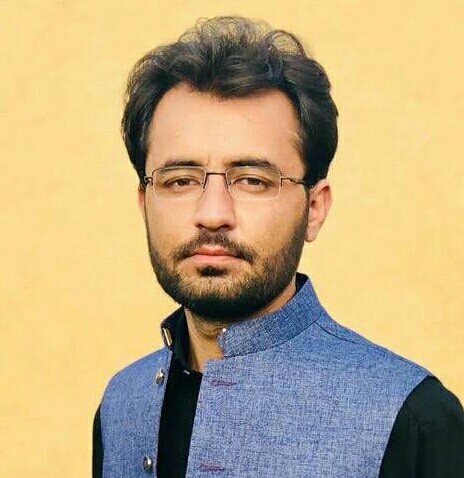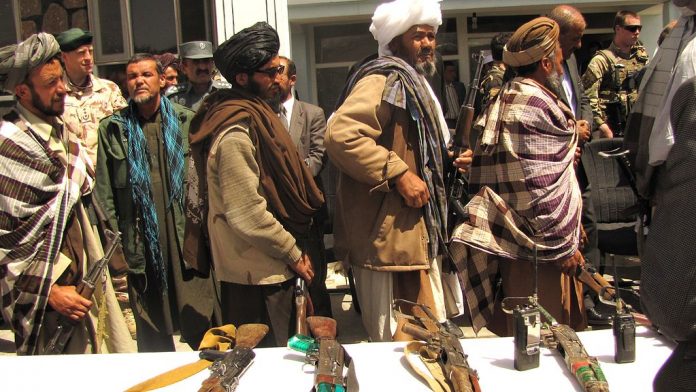The Afghan government and Taliban leadership hold peace talks on Sep. 12, 2020, to end two decades of civil war in Afghanistan. The peace talks aimed at building a power-sharing government between the two parties. The talks are considered as “historical” because this was the first occasion where both the Afghan government and the Taliban sat under a single roof to end the nineteen-year-long war. Before this Taliban never agreed to hold talks with the Afghan government, as the Taliban think of the Afghan government as a ‘puppet’ of the Americans.
While addressing the peace talks, Mullah Baradar, Talibani leader, stated that “We seek an Afghanistan that is independent, sovereign, united, developed and free — an Afghanistan with an Islamic system in which all people of the nation can participate without discrimination and live harmoniously with each other in an atmosphere of brotherhood.” Abdullah Abdullah, a representative of the Afghan government stated, “The current conflict has no winner through war and military means, but there will be no loser if this crisis is resolved politically and peacefully through submission to the will of the people.”
Although both the parties are expecting not much from the peace talks, they consider it a major milestone for long-term outcomes. Abdullah Abdullah stated that undoubtedly there are many challenges and both parties do not have to agree on 100 percent of the issues but the talks leading to humanitarian ceasefire, and peace would benefit future generations.
In the last forty years, Afghans have suffered heavily. The invasion of Soviet Union was intended to be short-lived and to protect the communist regime in Kabul but things turned ugly as the country went under civil war causing death of thousands of innocent Afghans and forcing millions of Afghans to take refuge in neighbouring countries. The withdrawal of Soviet troops in 1989 left behind a weak government and a war-torn country. Since then Afghanistan has never seen a stable government in Kabul.
Soon after the withdrawal of Soviet troops, regional countries started funding their proxies to fill the power vacuum in Kabul. Pakistan, Saudi Arabia, and the UAE started funding the newly emerged group called the Taliban while Iran and Russia were keen to install the Northern Alliance in Kabul. Pakistan and the allied forces were successful in establishing the Taliban regime in Kabul but the terrorist attacks of the Twin Towers in 2001 changed everything.
Osama Bin Ladin, responsible for the Twin tower attacks was hiding in Afghanistan. As revenge for its people, the American-led coalition forces invaded Afghanistan in October of the same year. The Taliban government was destroyed in weeks and their leaders and followers were forced to flee to Pakistan through a porous Pak-Afghan border. The military victory against the Taliban was short lived as the Taliban started to attack the allied forces in small independent groups soon after.
Since the invasion, the Americans have always stressed on a military solution to Afghanistan. Instead of nation-building, the U.S. has spent billions of dollars on a military solution to resolve the Afghan crisis. However, the strategy has failed.
President Trump has stressed on the political solution to the Afghan crisis. After several rounds of talks, the U.S. concluded a peace deal with the Taliban at the beginning of this year. In the Agreement the U.S. agreed to withdraw its troops in phases. Now the peace talks have entered the second phase — Intra Afghan Talks.
The Afghans have always stressed on the intra-Afghan dialogue to end the war. Both the Taliban and the Afghan government must realize that in this endless war only the poor Afghans are suffering. There can never be peace in Afghanistan unless the foreign powers stop interfering and supporting their proxies. The Taliban and the Afghan government must stop playing in the hands of foreigners to ensure peace which seems so close yet so far.
The views and opinions expressed in this article are those of the author.

Abdul Rehmanis a Research Fellow at Balochistan Think Tank Network, BTTN, Quetta. He has earned Master’s degree in international relations from the Corvinus University of Budapest, Hungary.


